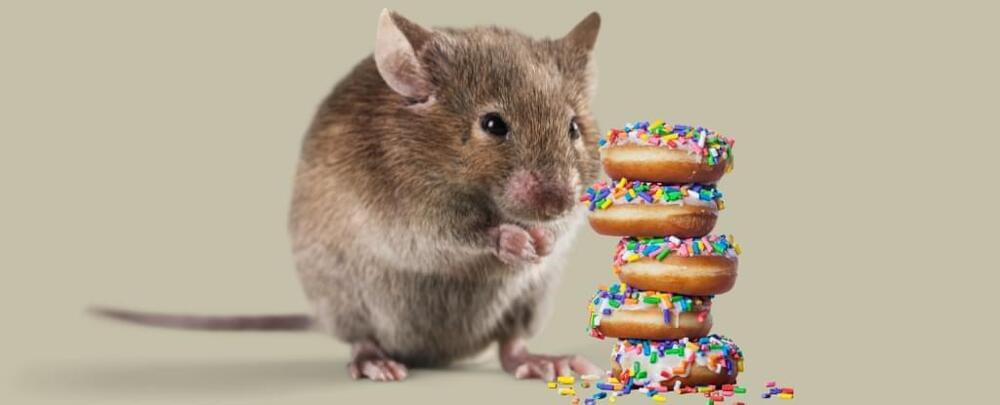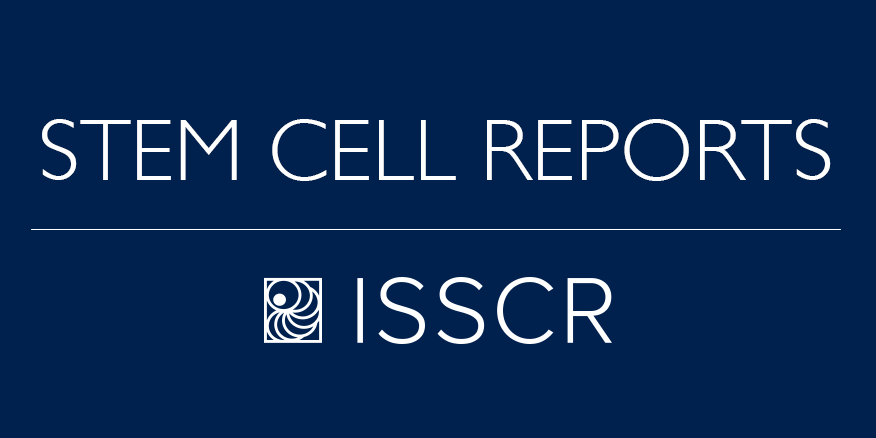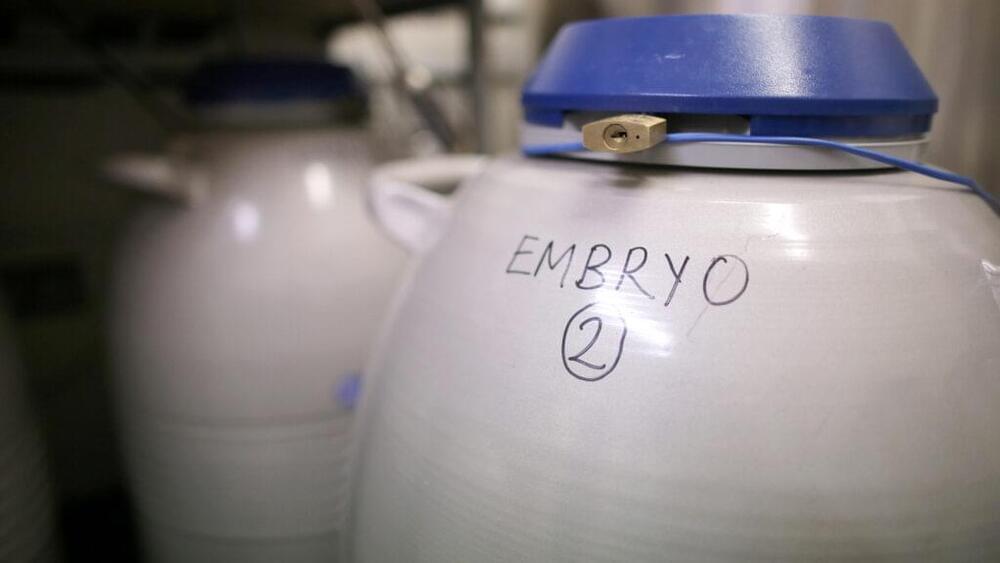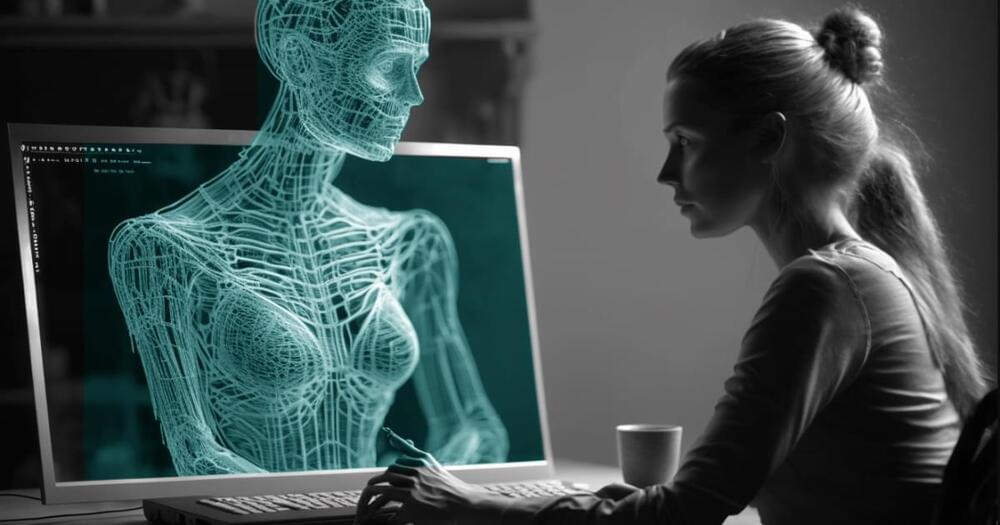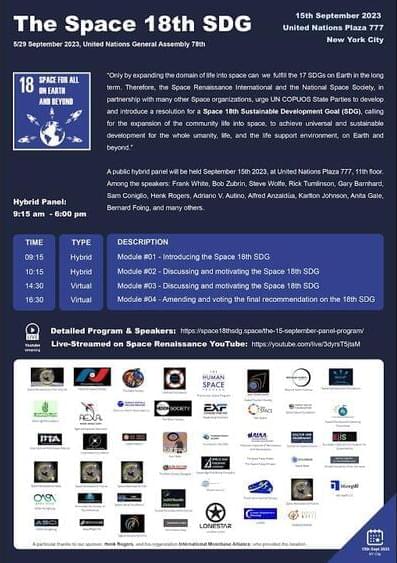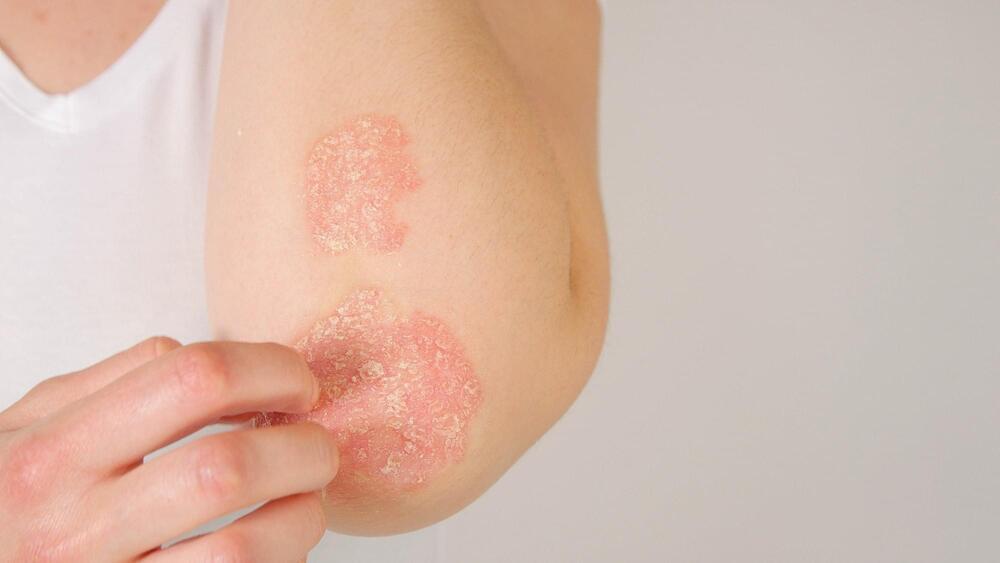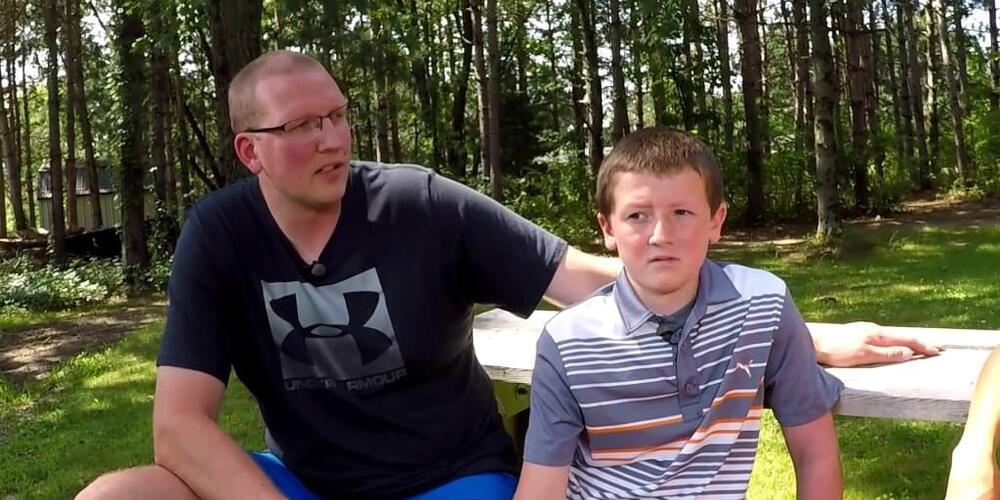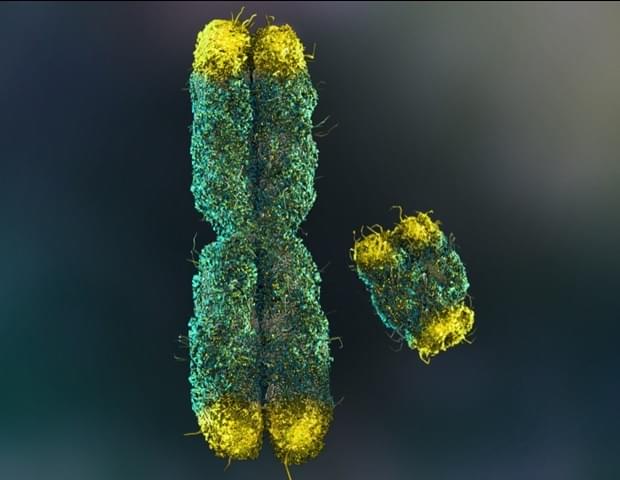Aug 22, 2023
Way too Big to FaiL: The Day CapitAI-ism becomes Sentient
Posted by Kelvin Dafiaghor in categories: economics, education, finance, robotics/AI
Why is everyone so worried about teenagers using AI to write their term papers while no one is talking about AI crashing the financial markets? If high school Pat gets an A they didn’t earn that’s one thing, but Megla Corp using AI to corner the stock market and crash the world economy, well that is quite another. I have no proof that large corporations are in a competition to build the perfect trader, the ultimate hedge fund manager, the killer quant, and the optimal analyst all rolled into one ultra-economist AI, but I know, we all know, in our greedy little capitalist hearts, it’s true. This wanna-be hegemonic corporation will have unleashed an economic weapon that can’t be bargained with, can’t be reasoned with, doesn’t feel pity or remorse or fear, and absolutely will not stop… EVER, until you are broke!
The legendary Hedge fund manager Kyle Reese aside, think about the implications of a trading bot that has even just a 2% advantage and how much money that can mean. Casino empires were built on games that have less advantage than that so you are crazy if you don’t think there is a race to build the ultimate TradeGPT. Everyone is looking for an edge because, in a land where money is king, he or she who owns a money printer owns the crown. Wall Street was an early adopter of computers and networks and they got so far out ahead of the regulators that they crashed the market on Black Monday in 1987 dropping the US market almost 25% in a day that sent reverberations around the world.

